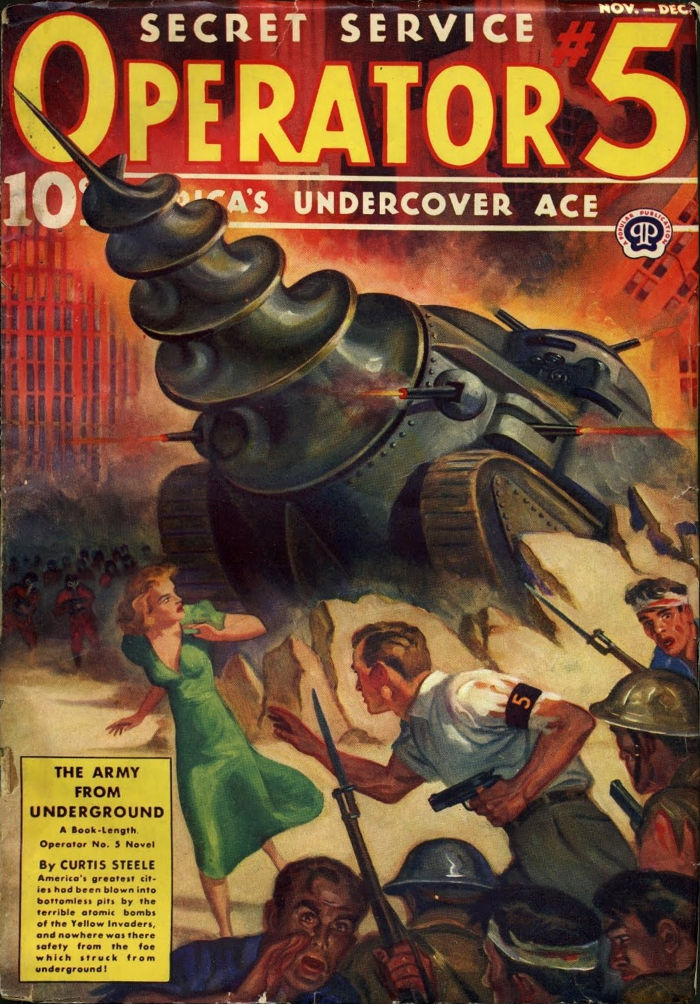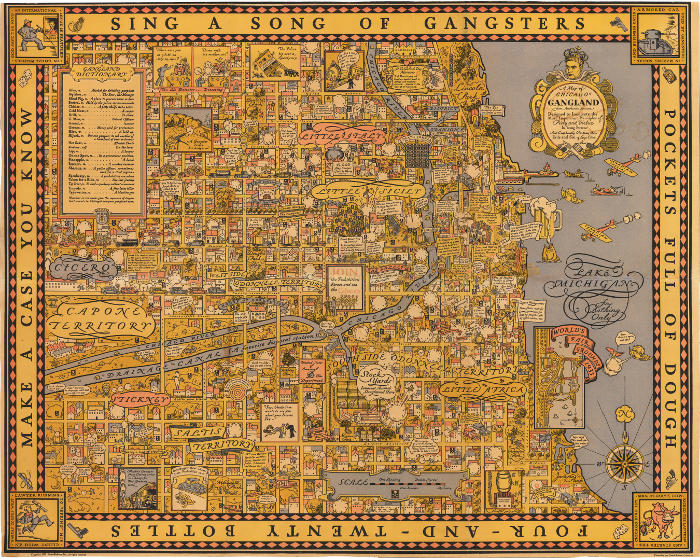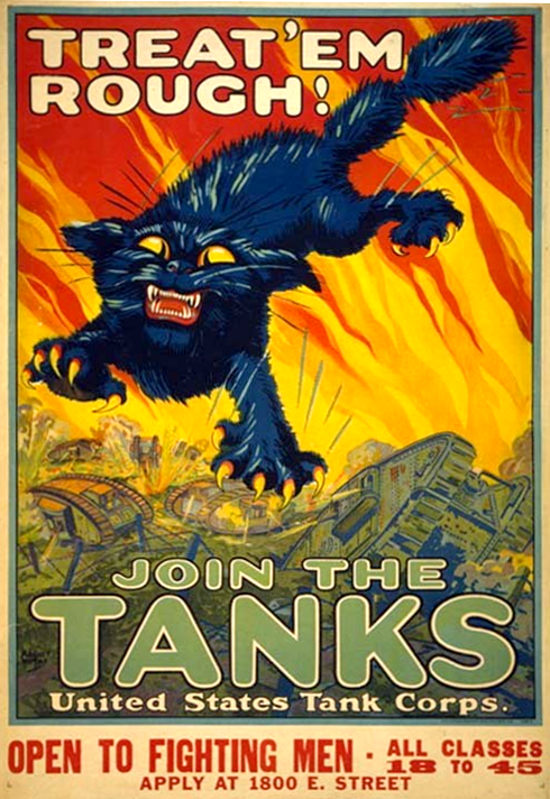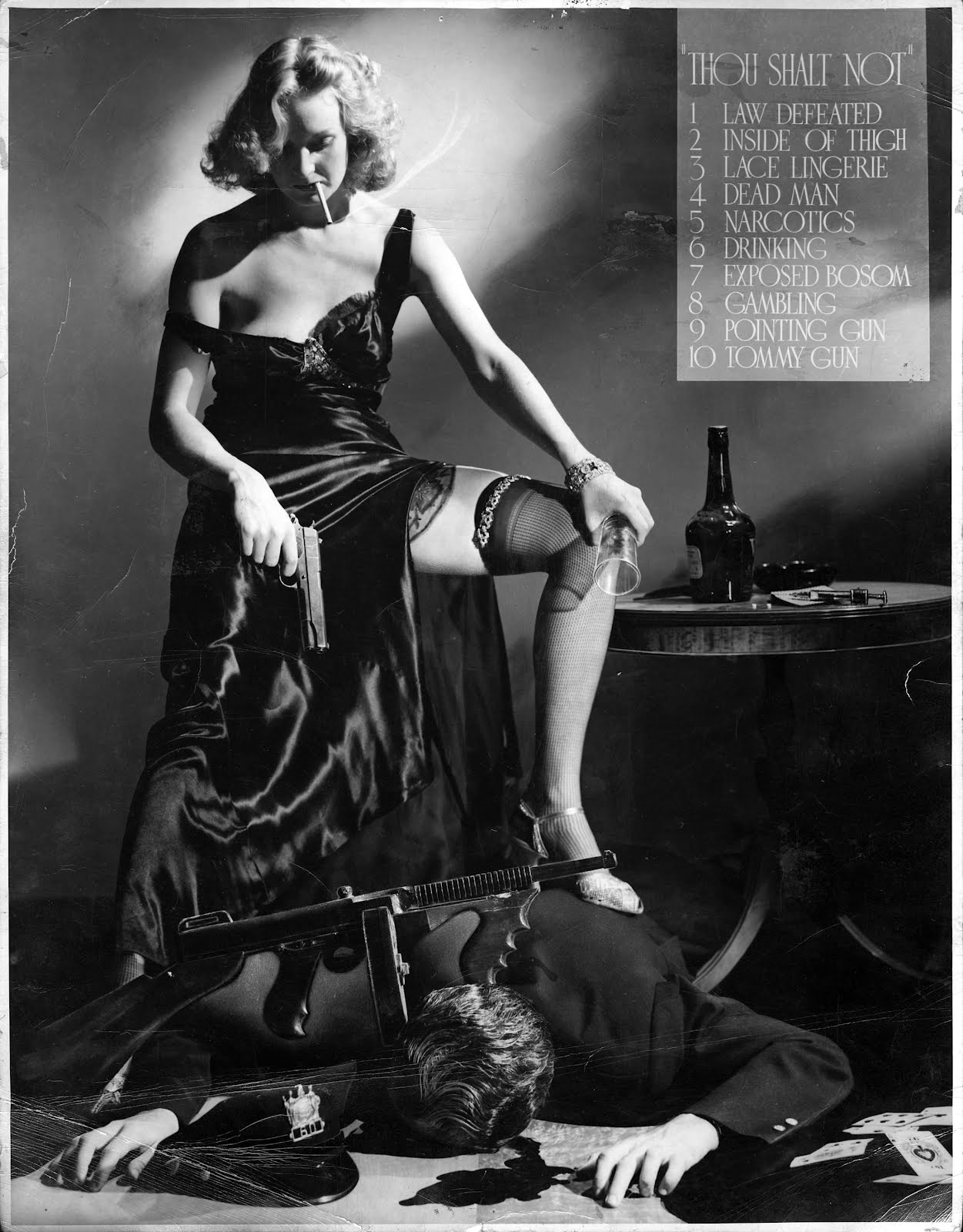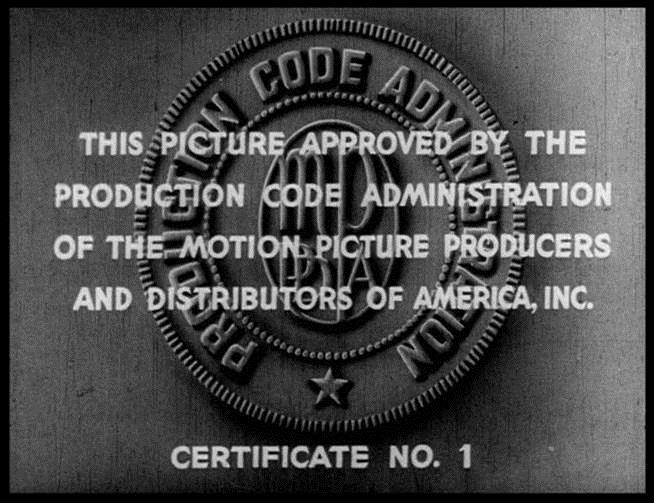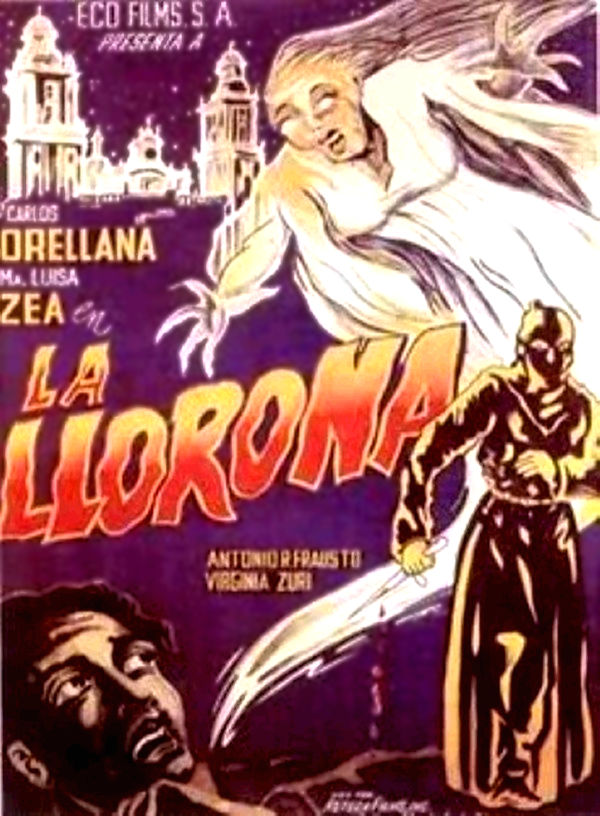Bile Beans
Bile Beans was a laxative and tonic first marketed in the 1890s. The product supposedly contained substances extracted from a hitherto unknown vegetable source by a fictitious chemist known as Charles Forde. In the early years Bile Beans were marketed as “Charles Forde’s Bile Beans for Biliousness”, and sales relied heavily on newspaper advertisements. Among other cure-all claims, Bile Beans promised to “disperse unwanted fat” and “purify and enrich the blood”. (Wikipedia)
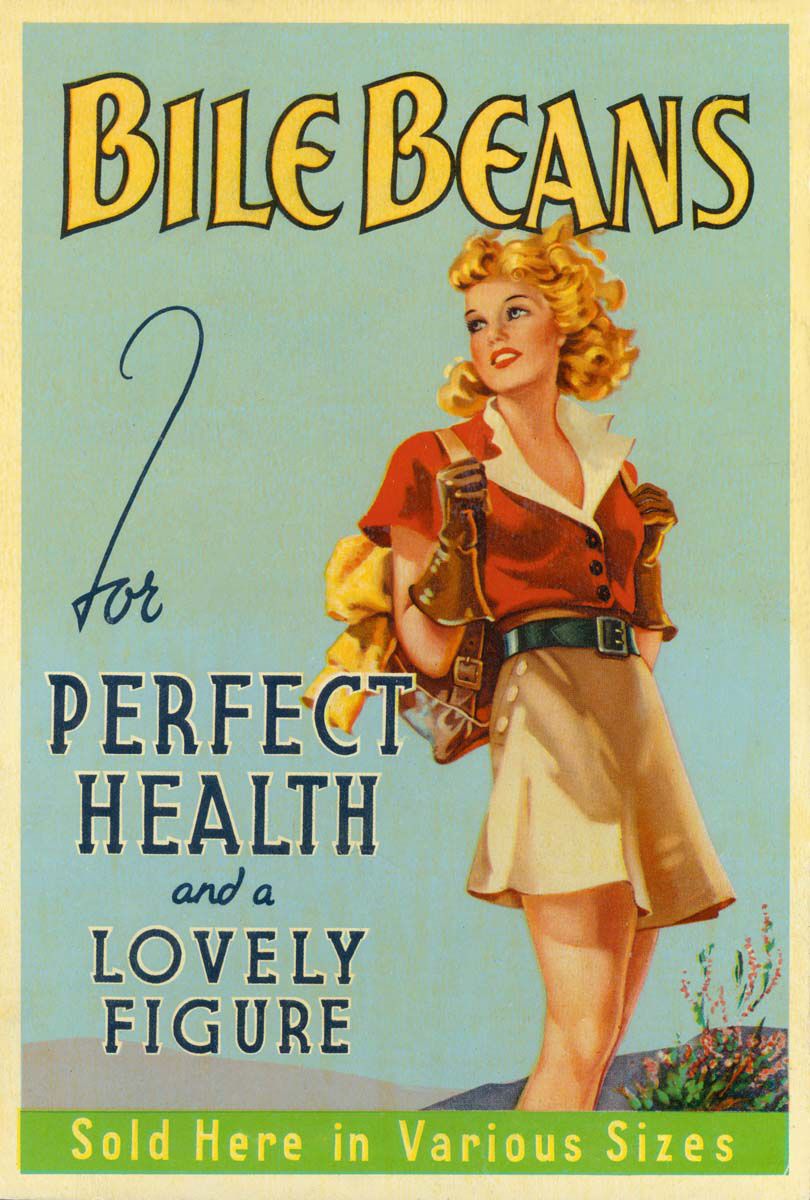
The Wild Bunch, 1901
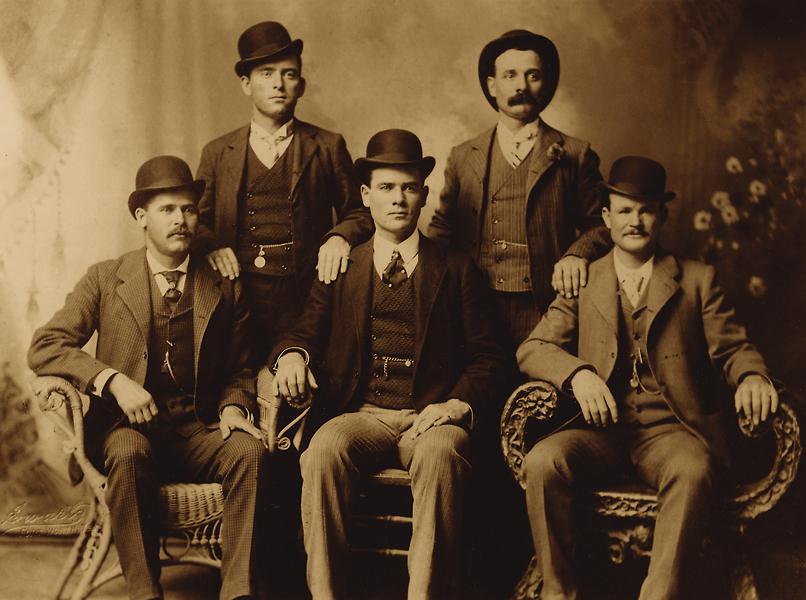
Wild Bunch (left to right): Harry Longabaugh (Sundance Kid), Bill Carver, Ben Kilpatrick, Harvey Logan (Kid Curry), and Butch Cassidy.
I wanted to post this is in memory of my wife Kim, who passed away 5 years ago today.
Besides being a avid reader, writer and historical buff, she was also a gamer who ran a great game of Deadlands.
Kim’s favorite character in the wild west was Harvey Logan (standing, on the right). We went on many trips out west to visit the sights haunted by his and other outlaw’s ghosts.
REO Speed Wagon, 1937
Chicago Ganglands, 1931
Tank Drivers Wanted
Tanning? Therapy? Torture?
JGR type C53, No.43, 1934
Hays Code, 1934
In 1934 The MPAA voluntarily passed the Motion Picture Production Code, more generally known as the Hays Code, largely to avoid governmental regulation. The code prevented certain plot lines and imagery from films and in publicity materials produced by the MPAA. Among others, there was to be no cleavage, no lace underthings, no drugs or drinking, no corpses, and no on getting away with a crime.
A.L Schafer, the head photographer at Columbia, took a photo that intentionally incorporated all of the 10 banned items into one image.
The photo was clandestinely passed around among photographers and publicists in Hollywood as a method of symbolic protest to the Hays Code. (Jordan)
La Llororna, 1933
The legend of La llorona (The Crying Woman) is that of the wandering spirit of a woman who murdered her children after her lover betrayed her by marrying another woman. Spurned by St. Peter until she could bring the souls of her children with her to the Gate of Heaven, she roams the earth, crying, “¡Ay, mis hijos, mis hijos!” (Oh, my children, my children!). Her appearance is said to be a sign of impending disaster or death.
In modern day Mexico, a man on the street is supernaturally killed after hearing the eerie sound of a wailing woman. We then arrive at the manor of an upper class family, who are celebrating their young son’s birthday. A mysterious cloaked figure is eavesdropping on them, taking advantage of secret rooms and passages. Eventually, the intruder (who appears to be possesessed) kidnaps and attempts to murder the boy at a pagan altar using a sacrificial knife and stone. While this story unfolds, two flashbacks to the Elizabethan and Inquisition era are related, explaining the origins of the “wailing woman”. In one, a woman with an illegitimate child has been abandoned by her lover. His formerly faithful friend forces him to a duel over this betrayal. The woman kills her baby and herself, and upon her death a wraith ascends skyward from her corpse. In the other story, an Indian woman has her baby taken from her by the authorities, and she descends into madness and suicide, with her spirit also leaving her body upon death. An ancient ring worn by the principals, as well as the knife and stone, are the bonds between the stories. (IMDb)
